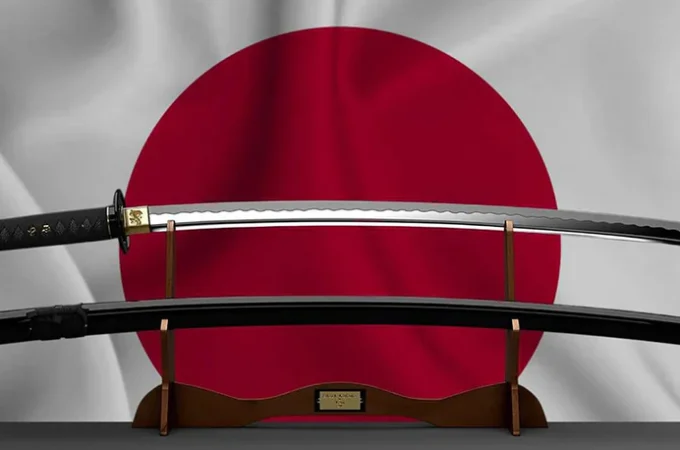
Sun-Dried and Wind-Whipped: How Clotheslines Can Benefit Your Household
Doing the laundry is a routine task for many households, given its recurrent nature and essential role in maintaining personal hygiene. Since many of us don’t have much time to wash our work clothes every single day or change our bedding twice a week, managing the load and making sure the laundry is clean and dry can be a challenge. While tumble dryers have become a popular option, they’re not always the most environmentally friendly or cost-effective choice.
With the increasing push towards sustainable living and environmentally friendly practices, using practical and all-natural fabric drying methods has gained popularity in recent years. One such method is using convenient and reliable clotheslines for drying your laundry. Their simplicity and effectiveness are certainly admirable, with a number of perks to benefit from.
Table of Contents
ToggleOrigin and Evolution of Clotheslines
These seemingly simple household tools have a long history, with the earliest reference dating back to ancient Rome. The concept of hanging clothes to dry in the sun and the wind was initially practised by Roman citizens, and it eventually spread to other parts of Europe and America during the 18th century. In the past, people used wooden racks, ropes, and pulleys to hang their garments. This was largely because drying clothes in the sun and wind was much more efficient and economical than using indoor heating systems, which were expensive and time-consuming to operate.
However, clotheslines as we know them today were first patented in the 19th century, with various designs and styles evolving over time. When electric clothes dryers were introduced in the early 20th century, they quickly became the preferred method of drying laundry. Yet, despite this modern convenience, many households are now opting for the traditional method because of its many benefits.
What Are the Benefits of Using Clotheslines?
So what exactly do cloth lines have to offer for your household? Is there any truth to the idea that it’s worth going back to basics and ditching electric dryers? Let’s explore some of these concepts to better understand the benefits.
Sustainable and Environmentally-Friendly Practices
In a more environmentally-conscious era, it’s hard to ignore the impact our actions have on the planet. The production and usage of electricity are some of the main contributors to carbon emissions globally. Whenever we use electric dryers, we’re using up a considerable amount of energy, which isn’t always eco-friendly. By switching to clotheslines, you can significantly reduce your carbon footprint and contribute towards sustainable living.
This is because they require no energy to operate, except for the natural sunlight and wind. By utilizing these readily available resources, you can reduce your dependence on fossil fuels and minimize your environmental impact.
Significant Financial Savings Over Time
Apart from being environmentally friendly, they can also save you a significant amount of money in the long run. While purchasing an electric dryer may seem like a one-time investment, it’s important to consider the recurring costs of operating it. From electricity bills to maintenance and repairs, owning a dryer can add up.
If you think about it, clotheslines require minimal to no maintenance and have a longer lifespan compared to electric dryers. By using them for your laundry, you can save money on electricity bills and avoid costly repairs or replacements.
Natural Fabric Sanitization via Sun Exposure
Did you know that the sun’s UV rays act as natural disinfectants? When hanging your garments on a line in direct sunlight, they’re exposed to germ-killing ultraviolet radiation. This is especially beneficial for items like towels, sheets, and other linens that may harbour bacteria even after washing. Moreover, sun exposure also helps to remove any musty odours from damp clothing, leaving them smelling fresh and clean without the need for artificial fragrances. If you have sensitive skin or allergies, you could also benefit from the natural sanitization properties of sun-drying your laundry.
Prolonged Clothing Lifespan Through Gentle Drying Methods
Another advantage of using cloth lines is that they provide a gentler drying method for your clothes. The high heat and tumbling action of electric dryers can cause damage to delicate fabrics, leading to shrinkage, fading or tears. By air-drying your laundry, you’re able to maintain the quality and lifespan of your garments.
It’s also worth noting that certain materials such as wool or silk are better suited for air drying since they tend to retain their shape and texture when dried slowly. Clotheslines give you more control over how your clothes dry, allowing you to keep them in good condition for longer. If you need to use an electric dryer for some items, you could still save energy and reduce damage by using a traditional form of drying for the majority of your laundry.
Opportunity for Outdoor Engagement and Mindfulness
If you’ve ever hung your clothes out to dry, you’ll know that it takes a bit of time and effort. However, this can also be seen as an opportunity for outdoor engagement and mindfulness. Taking a break from technology and spending some time outside in the fresh air while completing a task can have numerous benefits for our mental well-being.
It’s also a great way to get some light exercise by walking back and forth with laundry baskets or pegging clothes up on the line. This small amount of physical activity may not seem like much but can add up over time, contributing towards maintaining a healthy lifestyle.
Major Considerations When Choosing a Clothesline
Before deciding to switch entirely to using cloth lines, there are some key factors you should consider. They all have their potential pros and cons, so it’s essential to evaluate your household needs and lifestyle before making a final decision.
Installation and Space Requirements
The most crucial factor to look into is whether you have adequate space for a clothesline in your home. Traditional cloth lines require outdoor installation and need enough room for the line to be stretched out without obstruction. If you live in an apartment or don’t have a backyard, this may not be feasible. However, there are other options available such as retractable lines or indoor drying racks that can be used in smaller spaces.
Line Length and Capacity Needs
The length of the line will determine how much laundry you can hang at one time. Naturally, longer models will have a larger capacity, but this may not be necessary for smaller households. Consider your average laundry load and how long it would take to dry on the line before deciding on the length of the line you need.
Maintenance and Care
While cloth lines require minimal maintenance, they still need to be cared for properly to ensure their longevity. Regularly cleaning the lines, inspecting them for any damage and replacing worn-out parts when necessary can help keep them in good condition. It’s also important to remove clothespins or pegs from the line after use as they can cause damage if left on for extended periods.
Weather Patterns and Climate Conditions
Lastly, it’s essential to consider the weather patterns and climate conditions of your area. If you live in an area with frequent rain or high humidity levels, air-drying may not always be possible. In such cases, having a backup plan like an indoor drying rack or using an electric dryer sparingly could still help you reap the benefits of cloth lines while adapting to external circumstances.
But since the Aussie weather is generally sunny and dry, it’s the perfect environment for utilizing clotheslines effectively. By choosing the right type of line and implementing proper care, you can enjoy all the benefits that cloth lines have to offer while contributing towards a more sustainable and mindful lifestyle. So why not give them a try and see how they change your laundry routine for the better?





